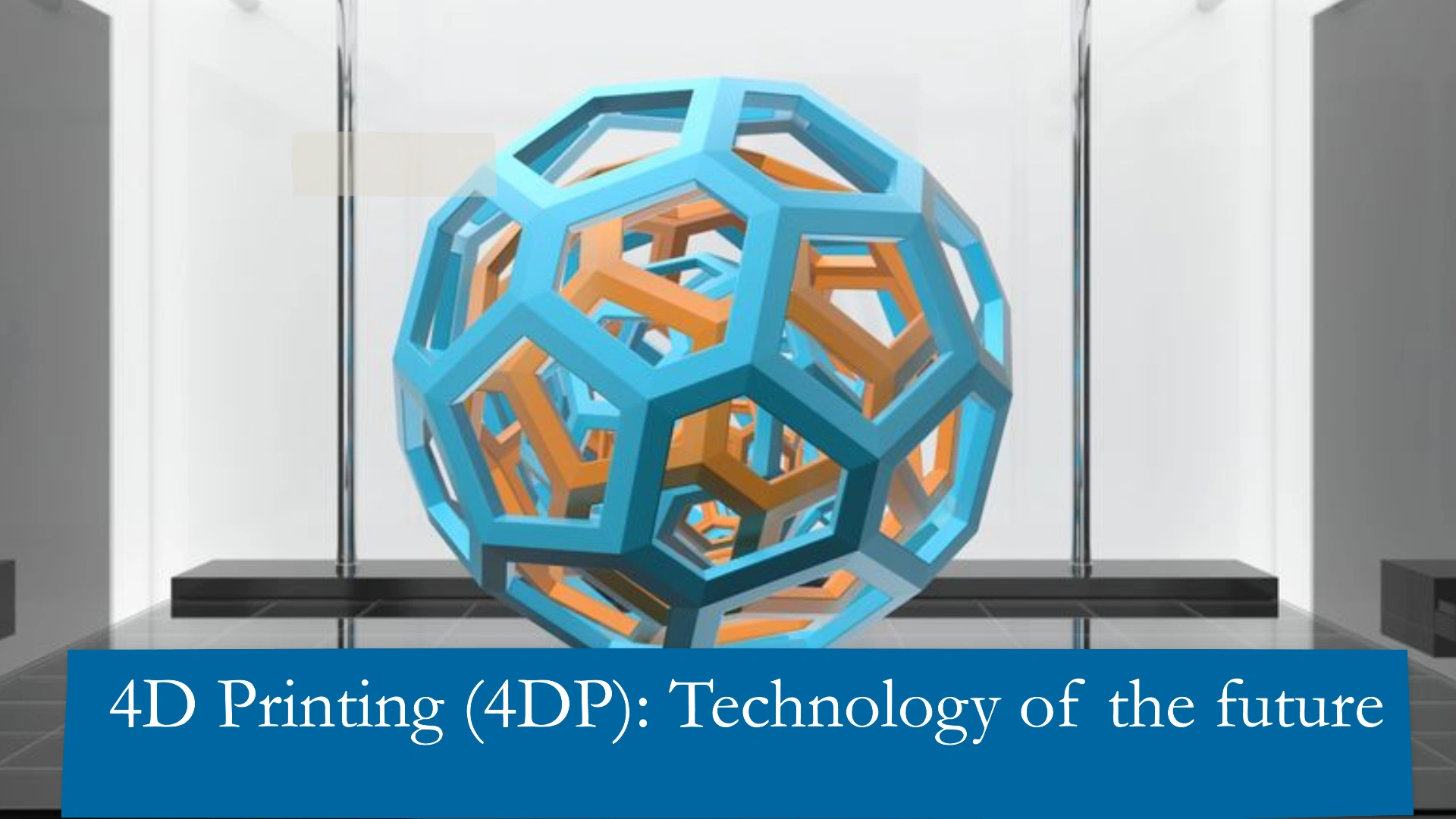
4D Printing (4DP): Technology of the future
Additive Manufacturing or 3D Printing has evolved into a viable, trusted & tangible, technological alternative to a host of traditional manufacturing & fabrication methods. However, lurking in the shadows of this technology, a new development is slowly & steadily acquiring shape & potential to disrupt major industries in a far more radical way than 3D Printing has done so far. Adding the ‘fourth’ dimension of ‘Time’ to the usual three dimensions of length, breadth & height, in an additive manufacturing process has resulted in the discovery of ‘4D Printing’.
The question of ‘what is 4D Printing?’ can hence be answered as follows: Printing, manufacturing or fabricating objects, tools, parts, in a way that allows them to alter shape, size, form & structure, due to external influences in form of energy, like light, temperature or other environmental stimuli, is known as 4D Printing. Majority of research in 4DP is dedicated to combining ‘technology & design’, aimed at inventing self-assembling & programmable material technologies, which have the potential to revolutionize Construction, Manufacturing, product performance & assembly.
Differentiating between 3DP (3D Printing) & 4DP is hence simple. 3DP works by printing layer upon layer of material of a 2D structure, in a path from the bottom to the top, generating a 3D volume or object. 4DP repeats the same process, however, the difference is the materials used to print these objects. 4DP requires advanced & specially programmed materials that change shape & structure, in response to any changes in their environments.